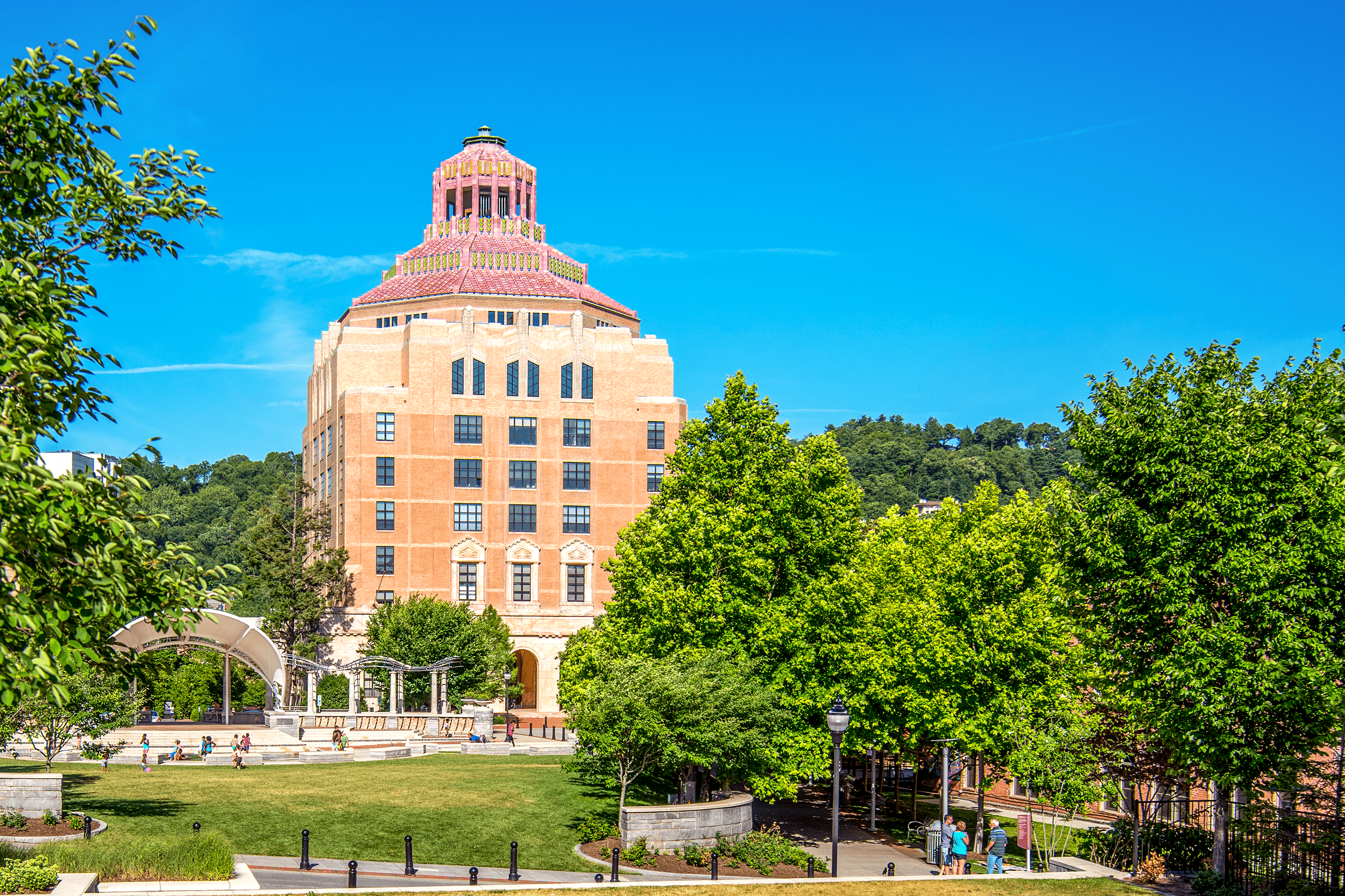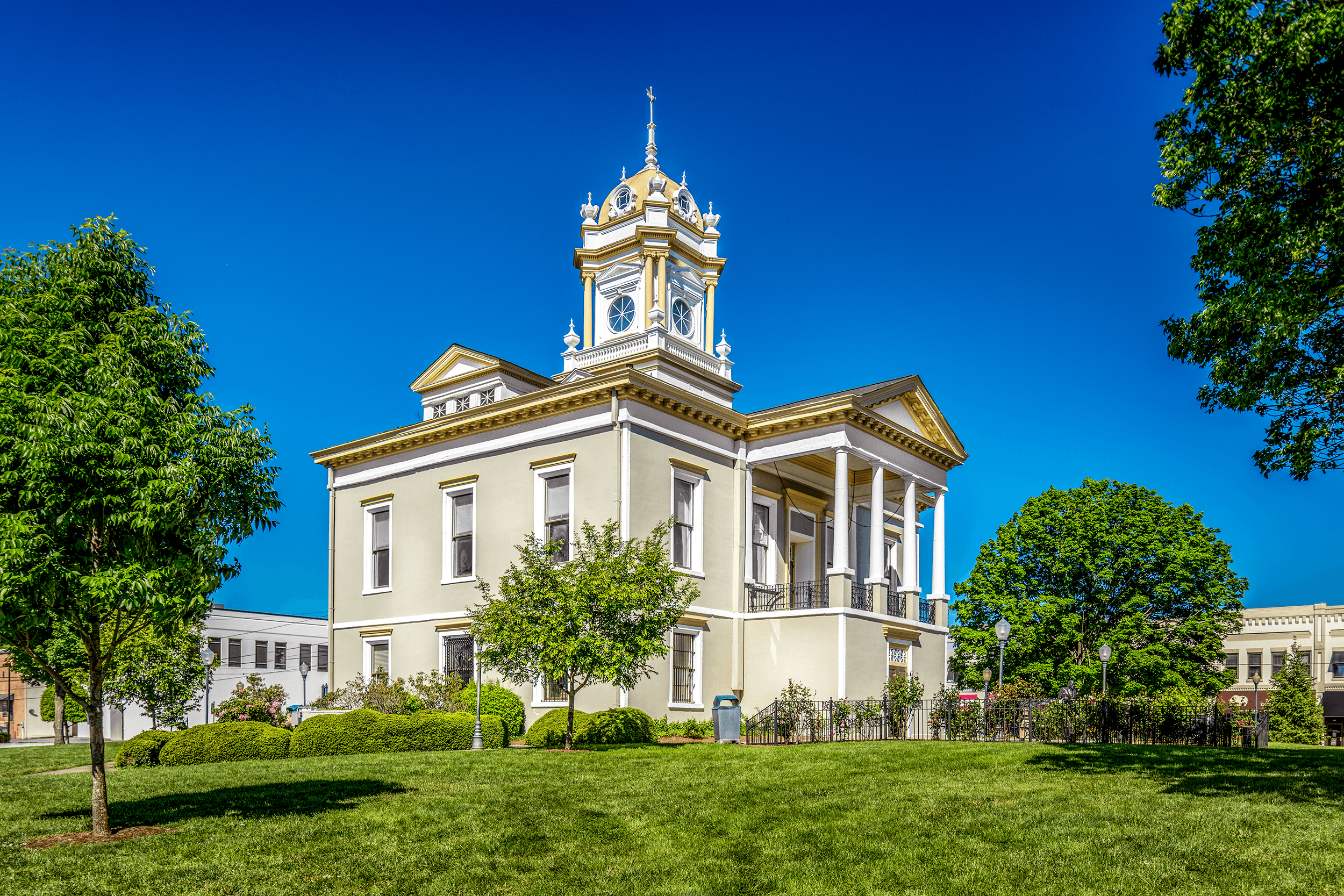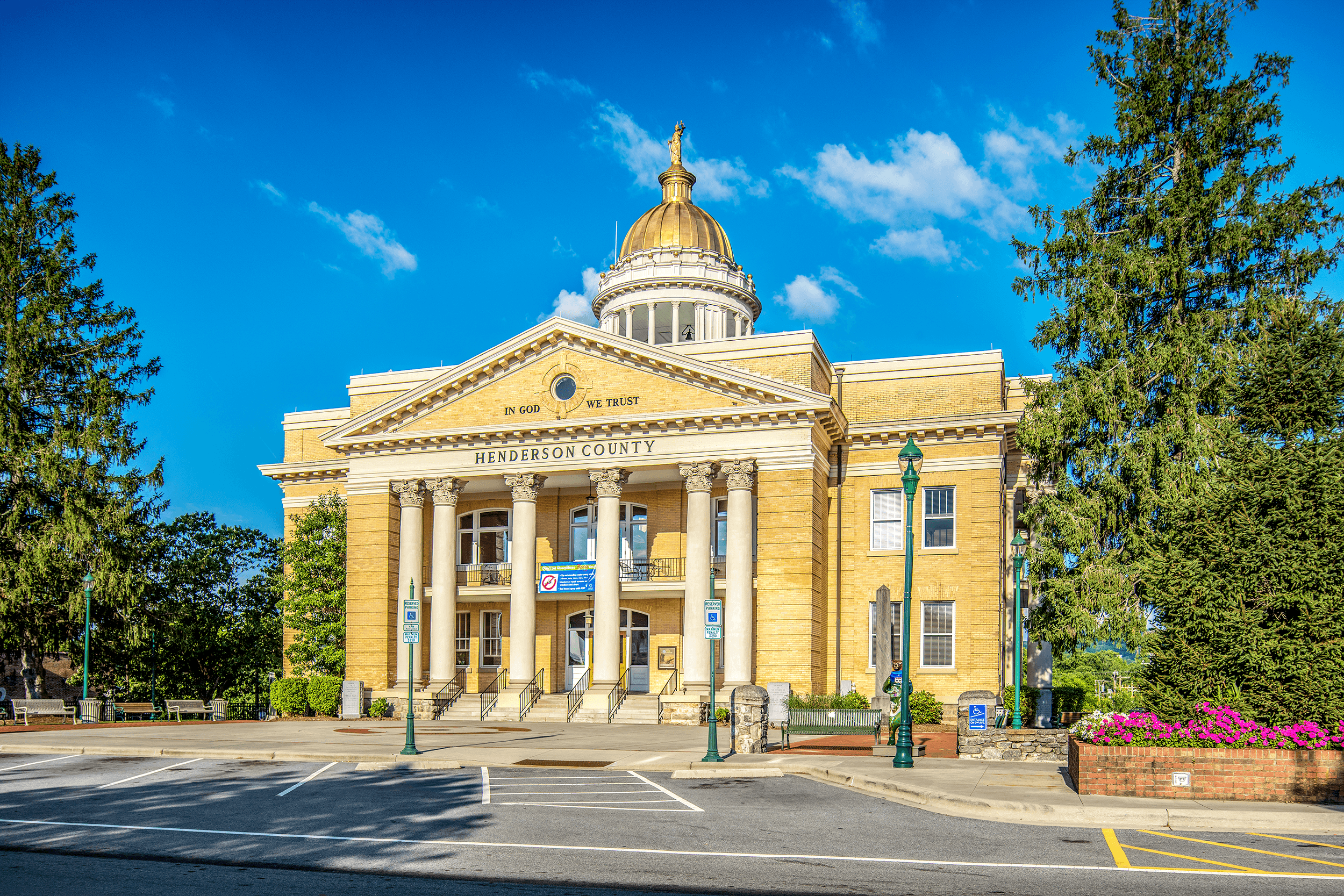Linn Cove Viaduct

Updated: April 2019
Award Winning Viaduct for Grandfather Mountain
Considered an engineering marvel, the 1,243-foot (379 m) long Linn Cove Viaduct rests on just seven concrete footings holding up 153 segments. The snake-shaped viaduct follows but does not touch the slopes of Grandfather Mountain, which was done on purpose.
There was great concern that a traditional cut-and-fill road would cause too much damage to the fragile environment of Grandfather Mountain. This constraint led to a 20-year delay of this seven-mile stretch, which was the last unfinished section of the Blue Ridge Parkway. It was only in the late 1970s, when environmentalists, adjacent landowners, engineers, and architects were able to come up with a technical solution, which preserved this beautiful and fragile environment.
The Linn Cove Viaduct was the last unfinished section of the Blue Ridge Parkway. After a delay of 20 years and eight years of construction, it was completed in 1987. It is shaped like a snake following but not touching the slopes of Grandfather Mountain. The viaduct has won 11 design awards and is one of the most photographed sites along the Blue Ridge Parkway.
A traditional cut-and-fill road would have caused much damage to the fragile environment of Grandfather Mountain. It was only in the late 1970s, when environmentalists, adjacent landowners, engineers, and architects were able to come up with a technical solution, which preserved this beautiful and fragile environment.
Viaduct Took 8 Years To Complete
Construction began in 1979. The bridge’s 153 segments were precast at an indoor facility at the south side of the parkway, where the Visitor Center is today. After being transported to the bridge site, each 50-ton section was lowered into place by a custom crane placed on either edge of the existing structure. The only work done at ground level was drilling for the seven footings, which support the viaduct. It took eight years and $10 million until the viaduct was completed and opened to the public in the fall of 1987.
A Visitor Center on the south side of the viaduct offers detailed information about the bridge’s construction.
Things To Do
The Bridge Museum inside the Visitor Center at the south side of Linn Cove Viaduct offers more information about the bridge’s construction.
You may also want to hike a short stretch on the Tanawha Trail, which passes by the Visitor Center and travels beside and underneath the viaduct on its route from Beacon Heights to Julian Price Memorial Park.
Milepost 304.4 Blue Ridge Parkway, Linville, NC 28646
Tel.: → (828) 733-1354
All day.
Visitor Center:
Mon. to Sun.: 10am to 5pm.
All year.
Visitor Center:
May to October.
Free admission.
At the Visitor Center.
The Tanawha Trail passes by the Visitor Center and runs beside and underneath the viaduct on its route from Beacon Heights to Julian Price Memorial Park.
The Visitor Center is accessible by wheelchair.
Restrooms are located in the Visitor Center.







